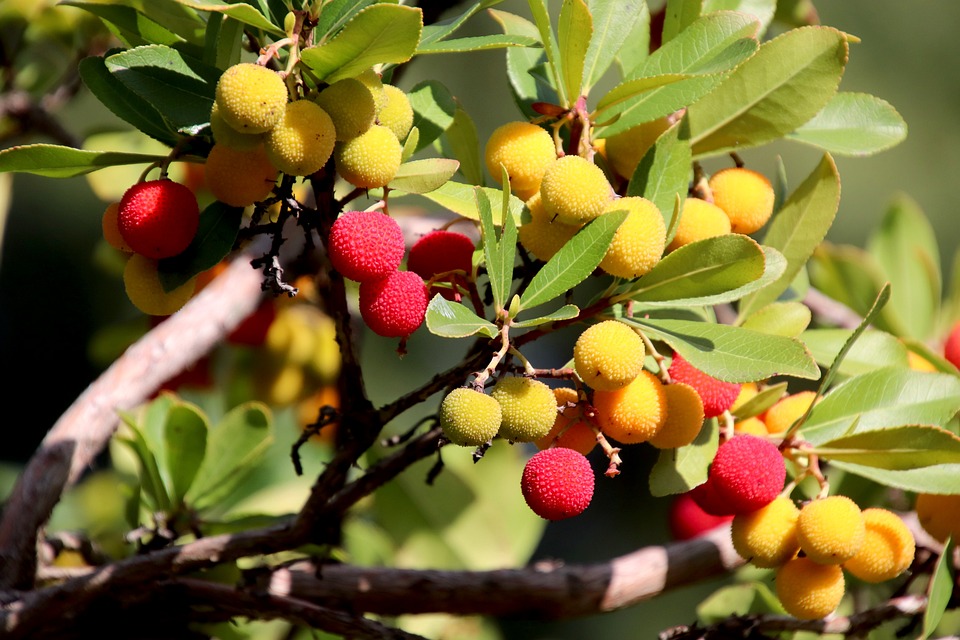Introduction
Freshly picked, perfectly ripe fruit is a delight for the senses.
The burst of flavors and juiciness can elevate any meal or snack.
Growing your own fruit at home not only ensures that you have access to the freshest produce, but it also allows you to experience the satisfaction and joy of harvesting perfectly ripened fruit right from your own backyard.
In this comprehensive guide, we will explore the steps and techniques to ensure that your home-grown fruit reaches its peak ripeness.
Choosing the Right Varieties
The journey to perfectly ripened fruit begins with selecting the appropriate varieties for your climate and growing conditions.
Different fruit species and cultivars have varying requirements for sun, soil, and temperature.
Conduct thorough research and consult with local gardening experts to identify the best varieties suitable for your region.
Optimal Growing Conditions
Creating the ideal environmental conditions is crucial for achieving perfectly ripened fruit.
Full sun exposure is typically necessary for most fruit plants, although some shade-loving varieties may require a different approach.
Adequate watering and proper soil drainage are also essential factors to consider.
Pruning and Training
Pruning and training fruit plants help improve air circulation and light penetration, ensuring proper ripening and reducing the risk of diseases.
Regular pruning encourages the growth of new branches and helps maintain the plant’s size.
Training techniques like trellising or espaliering can maximize sunlight exposure to different parts of the plant, resulting in more evenly ripened fruit.
Fruit Thinning
To enhance the quality and ripening of your fruit, it is often necessary to thin the crop.
Thinning involves removing excess fruit from the plant, allowing the remaining fruits to receive more nutrients, light, and airflow.
Thin fruit sets result in larger, sweeter, and better-colored harvests, reaching optimal ripeness more easily.
Monitoring and Harvesting
Keeping a close eye on your fruit’s progress and harvesting at the right time is crucial for achieving perfectly ripened results.
Each fruit variety has its unique indicators of ripeness, including changes in color, texture, and aroma.
Regular monitoring and gentle handling during harvesting ensure that you pick your fruit at its peak flavor and maturity.
FAQs Section
Q: How long does it take for fruit to ripen from planting?
A: The duration from planting to ripening varies depending on the fruit type and variety.
Some fast-growing fruits like strawberries can produce ripe fruit within a few weeks, while others like citrus trees can take several months or even years before they bear fruit.
Q: How can I tell if my fruit is ready to be picked?
A: Different fruits have different indicators of ripeness.
For example, a ripe apple should be firm but not too hard, with a vibrant color and a sweet aroma.
It’s important to research and understand the specific ripening signs for each fruit variety you are growing.
Q: What if my fruit is not ripening properly?
A: Several factors can affect fruit ripening, including insufficient sunlight, inadequate watering, poor soil conditions, or improper pruning.
Assess your growing conditions and identify any potential issues.
Adjustments may need to be made to ensure optimal ripening.
Q: Is it better to pick fruit slightly underripe or overripe?
A: It is generally recommended to pick fruit slightly underripe rather than overripe, as fruit will continue to ripen after being harvested.
However, each fruit variety has its own ripening preferences.
For example, tomatoes are often best harvested when slightly underripe to prevent damage during transportation.
Q: Can I speed up fruit ripening?
A: While certain techniques like ethylene exposure or using ripe bananas to emit ethylene gas can help accelerate the ripening process, it is advisable to let fruit ripen naturally for the best flavor and quality.
Artificially speeding up ripening may result in compromised taste and texture.




